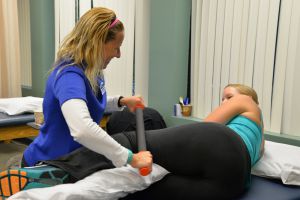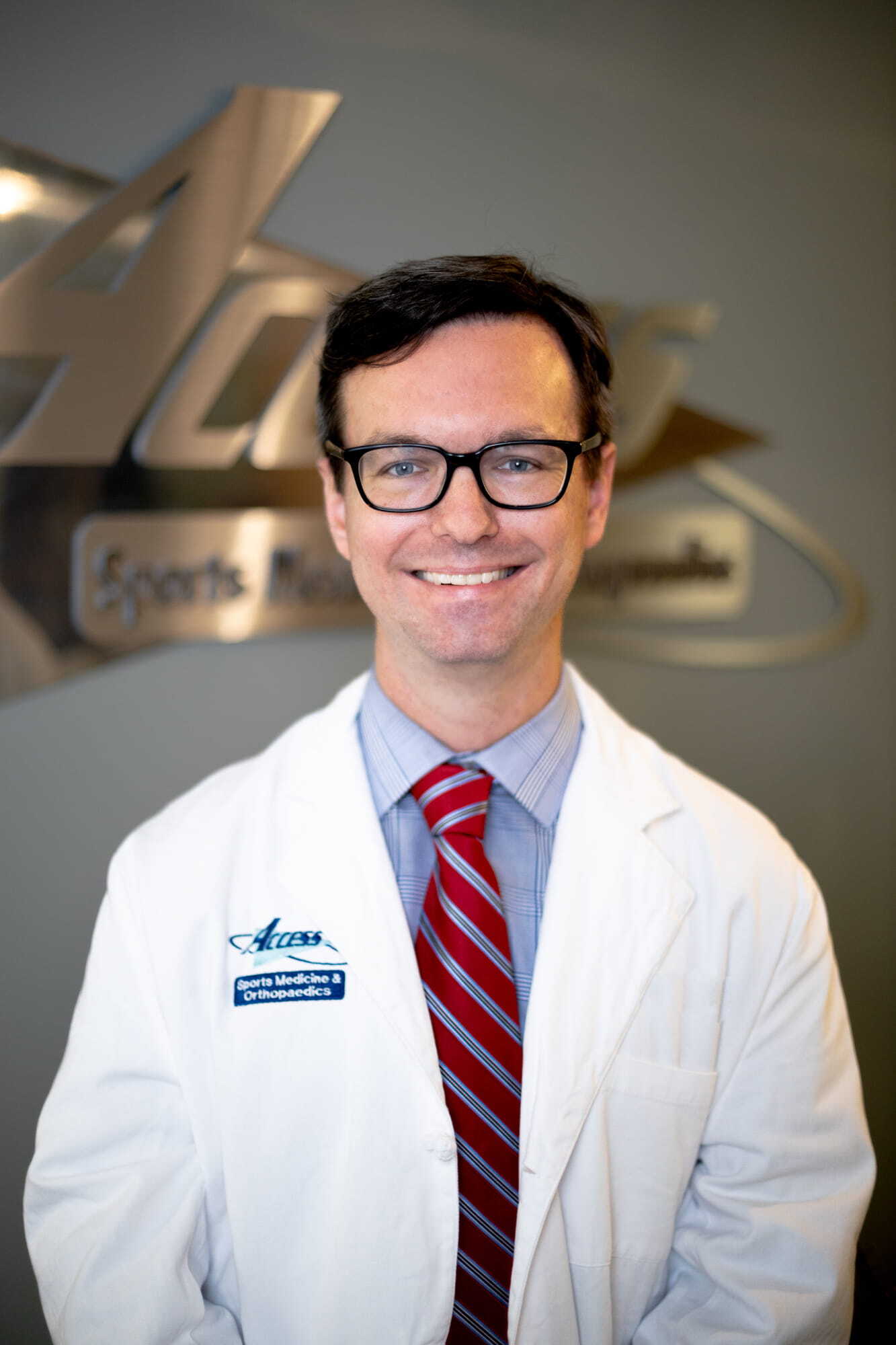 Exeter, NH — National physical therapy month is hosted by the American Physical Therapy Association each October to recognize how physical therapists and physical therapist assistants help transform society by restoring and improving motion in people’s lives.
Exeter, NH — National physical therapy month is hosted by the American Physical Therapy Association each October to recognize how physical therapists and physical therapist assistants help transform society by restoring and improving motion in people’s lives.
At Access Rehabilitation, our team of specialized and certified physical therapists design and deliver the very best in custom tailored treatment. Access to state-of-the art equipment, medically advanced healing techniques and registered therapists with many years of experience means our patients have an opportunity to achieve a successful recovery with limited downtime.
If you’re not sure what physical therapists do, let us clear it up for you: Physical Therapists are trained to evaluate strength, range of motion, posture, balance, and functional performance. From examination an individual treatment plan is formulated to help restore functional level, every day activities, sport performance, and work capacity. The goal is to return an individual to their prior functional level and to promote independent management.
This year’s PT Month, the focus is on healthy aging and the many ways that physical therapists, as movement experts, can help individuals overcome pain, gain and maintain movement, and preserve their independence. As a result, we asked our team of physical therapists to define what healthy aging through physical therapy means to them.
“Aging well relies upon adopting healthy practices, including eating, sleeping, exercise and stress management, and addressing health care concerns as they arise. Being functionally independent is fundamentally important to all of us, but particularly our seniors with advancing age. Physical Therapy is about promoting independence and addressing physical factors that limit functional independence, such as pain, weakness, muscle imbalance, immobility, imbalance, impaired cardiovascular endurance, and impaired judgment or safety awareness,” – Catherine “Christie” Hudson, PT, DPT.
“I believe that aging well encompasses many different lifestyle changes that would address age related health issues. It would involve improving strength and balance, increasing physical activity, fall prevention, proper nutrition and being involved in the community. As we age diagnoses such as osteoporosis, diabetes, depression and cardiac issues tend to increase. With the adoption of a healthier lifestyle, these could be minimized, if not prevented in some capacity,” – Andrea Murray, PT, DPT.
“George Bernard Shaw [once said] ‘We don’t stop playing because we grow old We grow old because we stop playing.’ Physical therapy can keep you playing. We all age differently with every individual having unique needs. Whether recovering from an injury or surgery, improving balance or decreasing fall risk , Physical Therapy is an integral part in helping in recovery to enable patients to stay as independent and as active as they can,” – Kelley Conley, PT.
“Many people believe pain and aging go hand in hand, but they don’t have to. I have had patients in their 80’s hitting the slopes in the winter, walking the beach in the summer, and rolling out their yoga mats year round. We may take a bit longer to recover as we age but we can continue to build strength, balance, and flexibility. My advice is to stay active physically and mentally, keep a positive outlook on life, be adventurous, and most importantly, have fun! Physical therapy is a great way to address the aches and pains that may be keeping you from staying active and to help you get back to your fun activities safely,” – Brittany St. Martin, DPT\
“Exercise is medicine. It has the power to prevent, manage and even reverse diseases and disorders that afflict us as we age. The side effects of exercise are positive and life affirming; besides maintaining good physical and mental health, exercise has the power to both preserve independence and create a sense of community. Unfortunately as we age, lifestyle factors can gradually decrease the amount we move, which in turn leads to injuries, poor balance, depressed moods, and a host of other diseases and disorders, all which can make being active and engaged more difficult. Physical therapy is the crucial link that not only helps individuals address any small obstacles to activity, but it also helps adults transition into a sustainable activity program to harness the therapeutic power of exercise,” – Annie Ruffus, PT, DPT, CSCS
For more information on Access Rehabilitation, please visit www.accesssportsmed.com.



